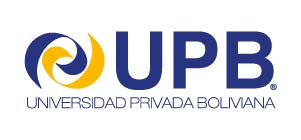Title of the project:
Validation of a quantitative method for the determination of the content of saponins in the grain of quinoa
Responsible:
Carmen Carla Quiroga Ledezma, PhD.
Email: ccquiroga@upb.edu
Summary:
Quinoa (Chenopodium quinoa Willd) is highly demanded in the international market for the quality and quantity of its proteins, which are rich in essential amino acids, but it is also rich in fatty acids and minerals. However, this Andean grain has saponins in the episperm, which for human consumption must be removed. Traditionally and at industrial-scale, a combine process is preferred for the removal of saponins (abrasion and washing), generating solid and liquid waste rich in these compounds. The final content of saponins in the grain is a parameter which is measured for a quality control (<0,12%); European and North American markets demand lower content of saponins (<0,06%);.
There is no standardized quantitative method for the determination of saponins in the quinoa grain, but there is a semi-quantitative foaming method (NB 683) which is recognized by the Instituto Boliviano de Normalización y Calidad (IBNORCA) and its peer in Ecuador (INEN 1672). Several articles have been published in the literature where physical, chemical and biological methods were used for saponins quantification, but none of them has been validated and recognized as a method for the quantification of saponins in the quinoa grain. Considering that the final content of saponins is a parameter of quality control parameter, the method should be simple and cheap to be implemented in companies dedicated to processing and industrialization of quinoa, e.g. Colorimetric-spectrophotometric methods could be interesting.
